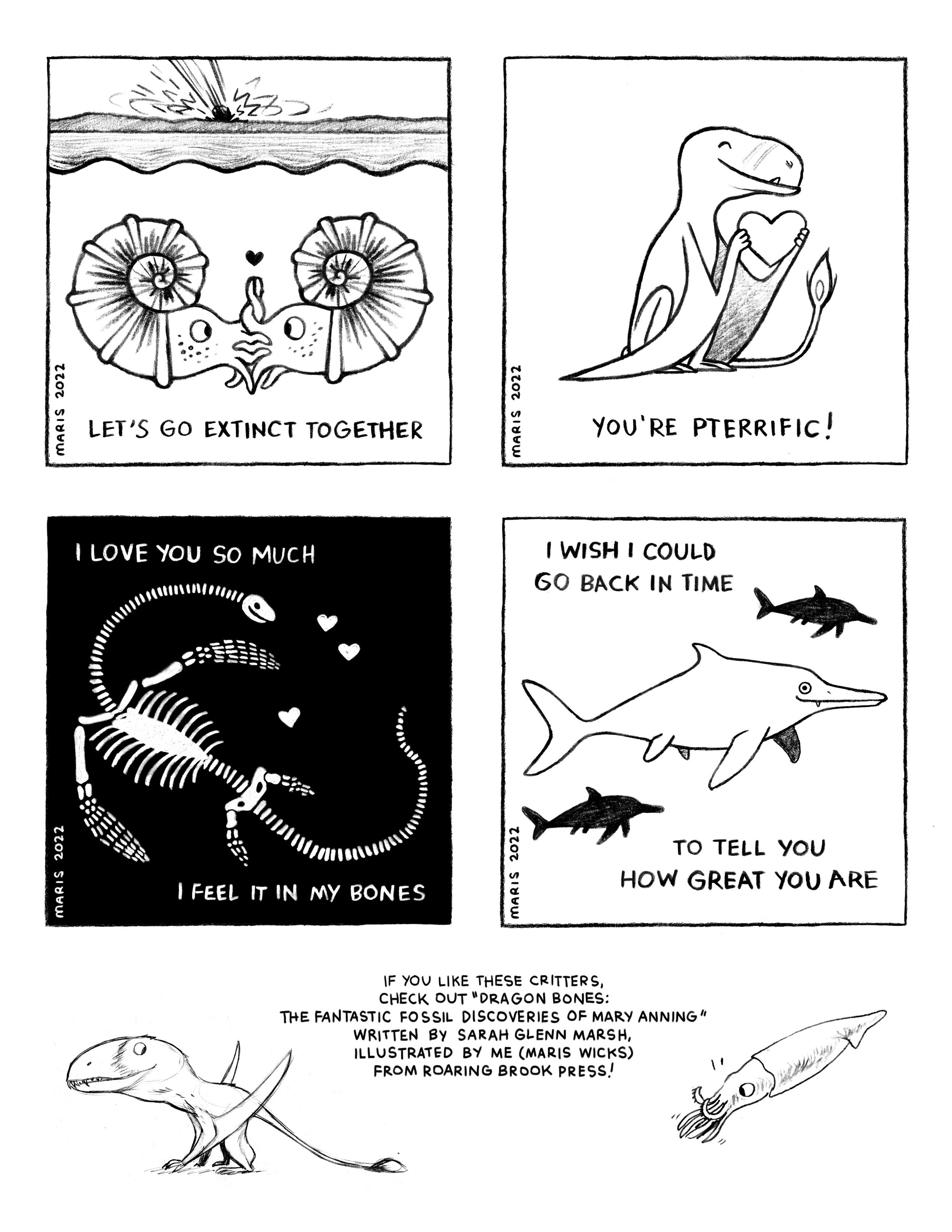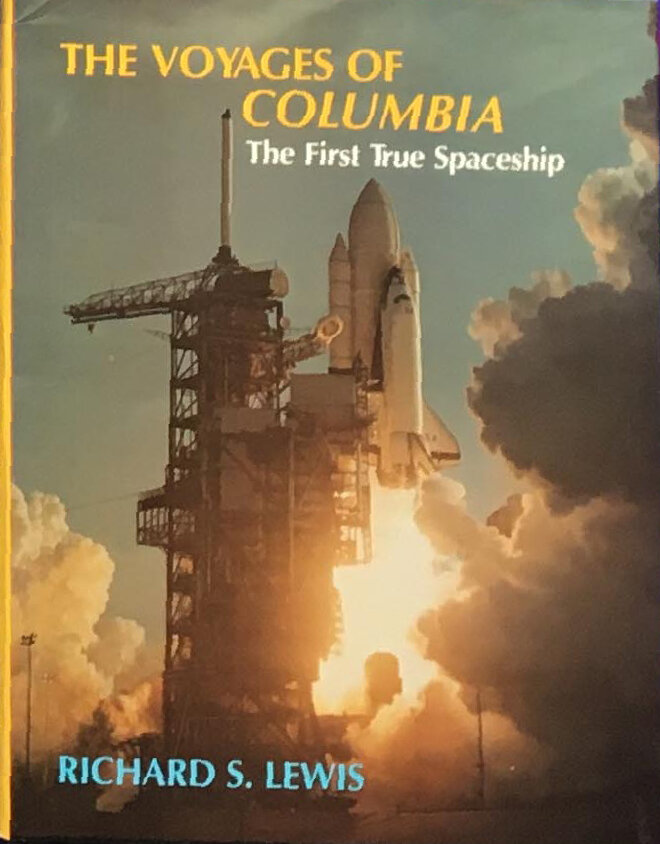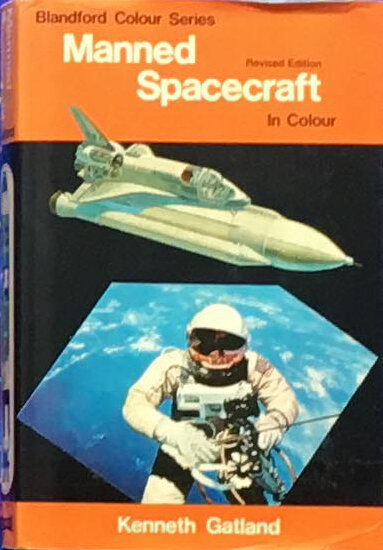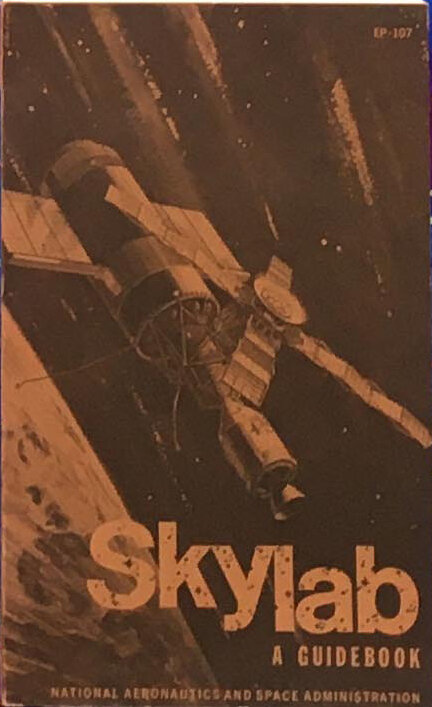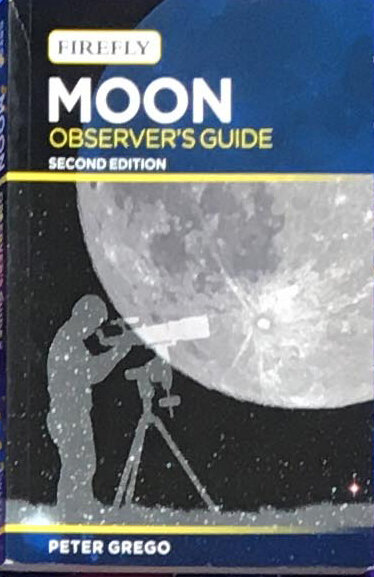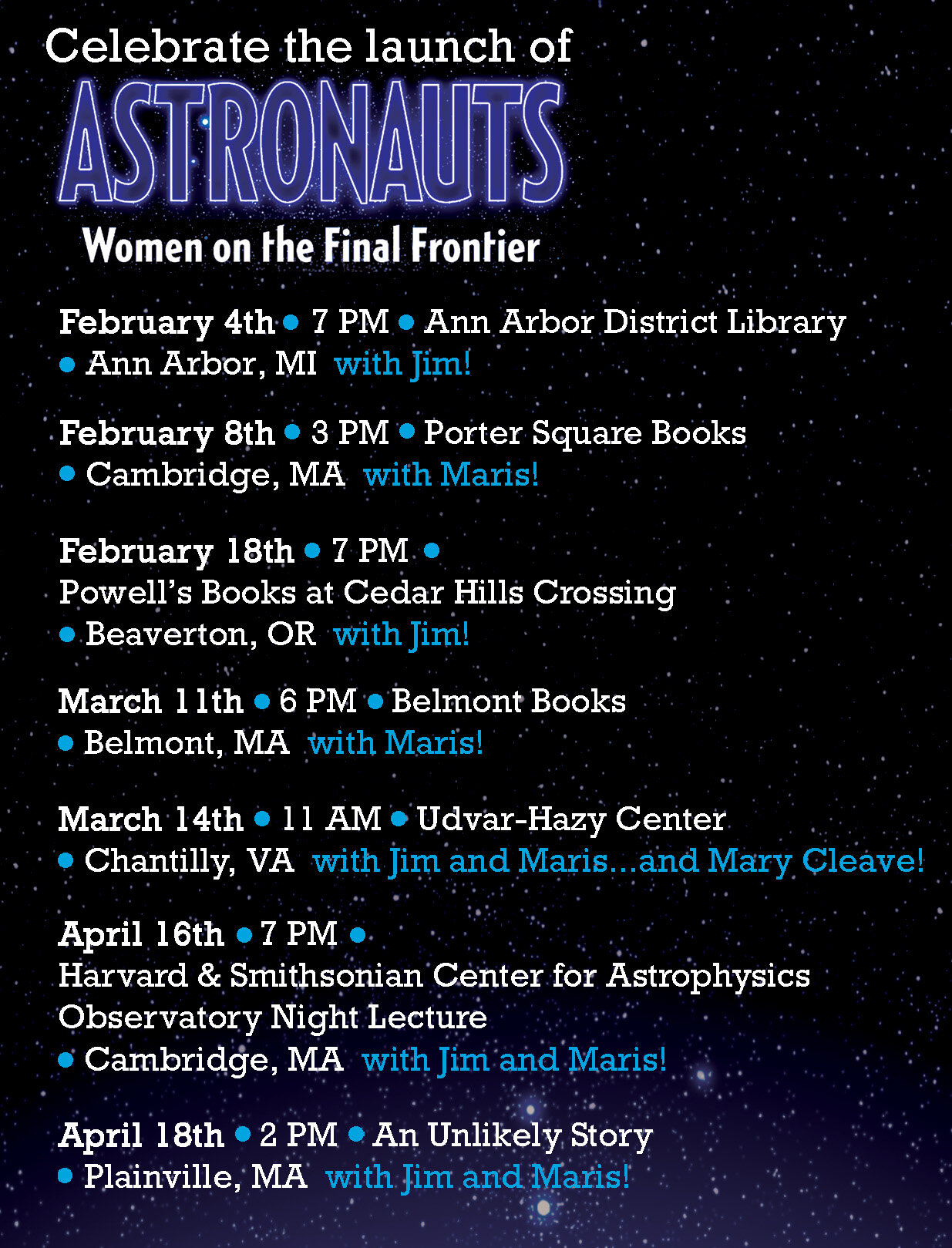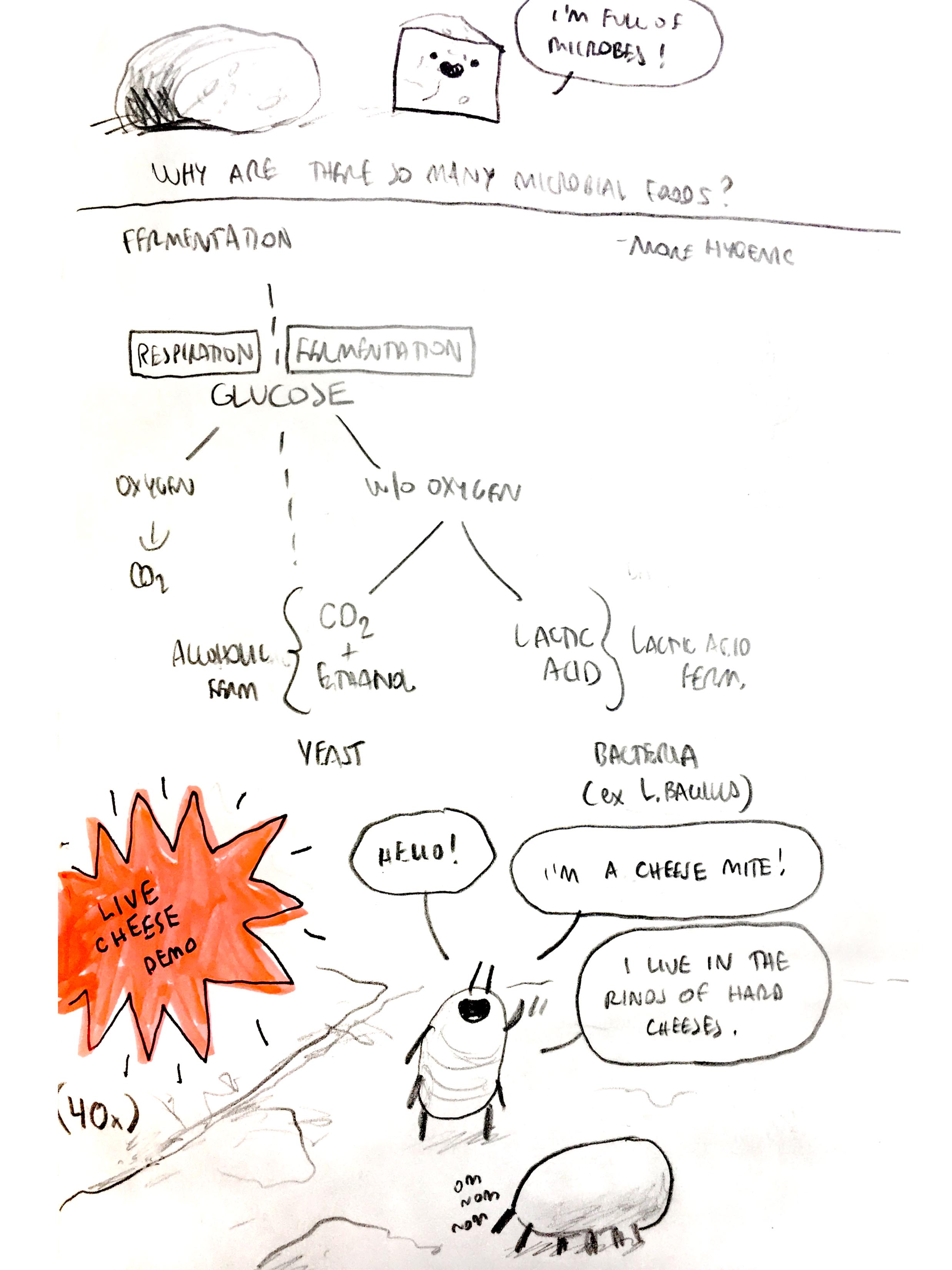These were inspired by all the prehistoric sea creatures in my new book Dragon Bones: The Fantastic Fossil Discoveries of Mary Anning, written by Sarah Glenn Marsh, illustrated by me, and published by Roaring Brook Press. The book comes out on February 15, 2022 and what better way to show my love for the Jurassic seas (and skies…hello, Dimorphodon macronyx) then valentines? Feel free to print them out and share them - there’s a black and white version if you want to color in them yourself! And if you’re interested in learning more about ammonites, plesiosaurs, and ichthyosaurs (oh my!), check out Dragon Bones from your local library or pick up a copy at your favorite bookstore. 💙
Top left square: Two chambered nautilus-like ammonites holding tentacles with a small pink heart above them. In the background, an asteroid is smashing into Earth. At the bottom, it reads “Let’s Go Extinct Together.”
Top right square: A small pterosaur holds a large pink heart. At the bottom, it reads “You’re pterrific.”
Bottom left square: The fossilized skeleton of the long-necked marine reptile plesiosaur. Text reads “I love you so much, I feel it in my bones.”
Bottom right square: Another prehistoric marine reptile, the ichthyosaur, floats in the center of the square. Text reads “I wish I could go back in time to tell you how great you are.”
Across the bottom, there is a pencil sketch of a pterosaur on the left and a squid-like belemnite on the right. In the center, it reads “If you like these critters, check out “Dragon Bones: The Fantastic Fossil Discoveries of Mary Anning” written by Sarah Glenn Marsh, illustrated by Maris Wicks, from Roaring Brook Press.

